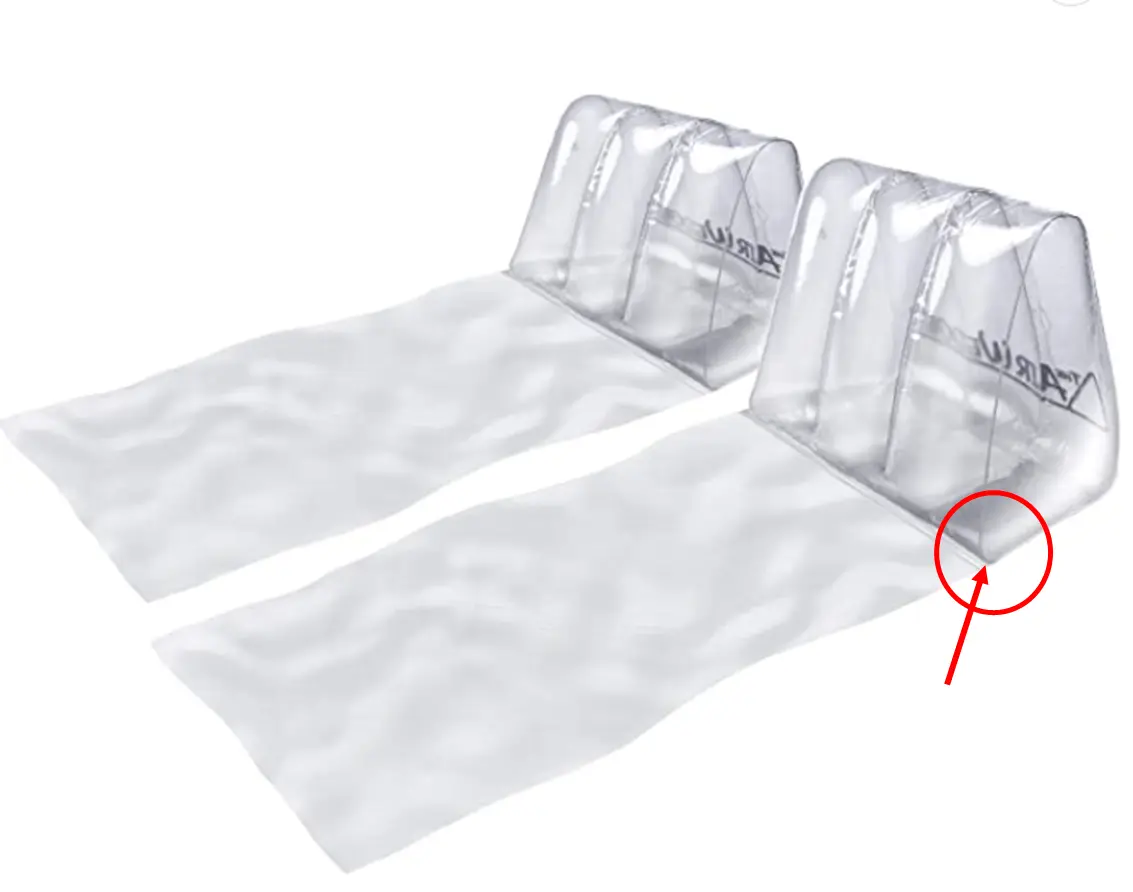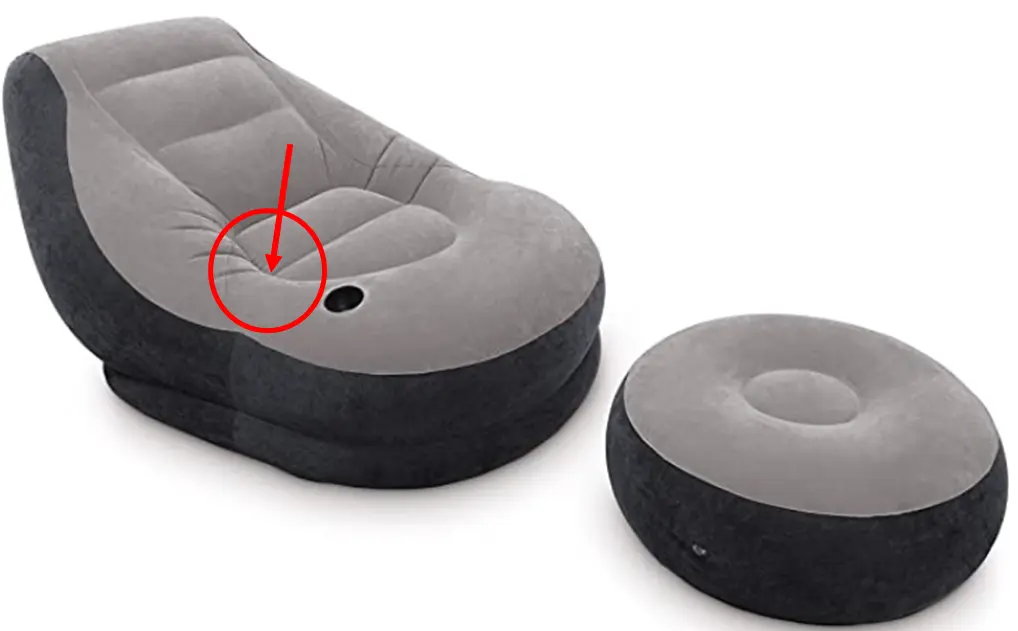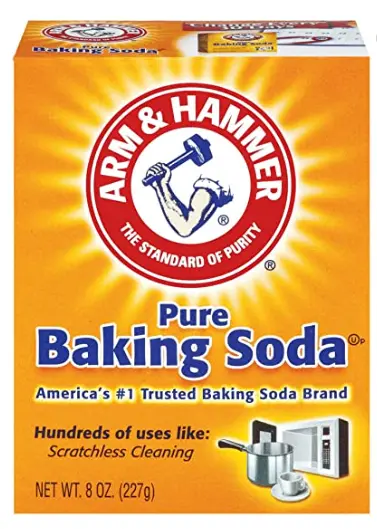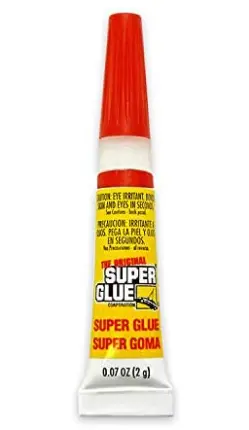Inflatable items, such as inflatable sofas and cushions, are convenient to carry and use, but they will inevitably leak air over time. Although they usually come with some adhesive patches for sealing leaks, in reality, common leak points are at edges, corners, seams, and other irregular shapes where stress is concentrated, and flat adhesive patches simply can't seal them effectively.


Materials
- Baking Soda:

- Super Glue

Method
- Half inflate the item to expose the leak point.
- Apply a layer of baking soda on and around the leak point, about the size of a fingernail. Be careful not to squeeze the inflatable item, as the baking soda powder at the leak point could be blown away.
- If the leak point is a raised area where it's hard for the baking soda powder to stick, you can first apply it with a glue stick, then apply the baking soda powder.
- Carefully apply a drop of super glue on the leak point.
- After it's slightly dry, you can sprinkle some more baking soda powder, but be careful not to spread it with your hand.
- Wait for 2-3 minutes, then blow away the excess baking soda powder.
- Inflate the item and check if the leak point has been sealed. If there are other leak points, repeat the above process.
Principle
Baking soda (sodium bicarbonate) reacts with super glue (cyanoacrylate). I'm not sure what the specific reaction is. According to some web pages:
What Happens When You Mix Super Glue and Baking Soda?
To create an even stronger and faster-curing bond, you can add baking soda to your super glue. When you mix super glue and baking soda, it accelerates the curing process. Chemically, the bicarbonate molecules in baking soda react with cyanoacrylate to create a reactive ion that more easily bonds with other cyanoacrylate molecules. These bonds establish long, polymer chains that are stronger and more resilient than cyanoacrylate-water bonding. The resultant substance is a super glue and baking soda plastic with a cement-like consistency that creates stronger, exceptionally durable bonds.
The result is roughly equivalent to the strength of ABS plastic, which is very sturdy.